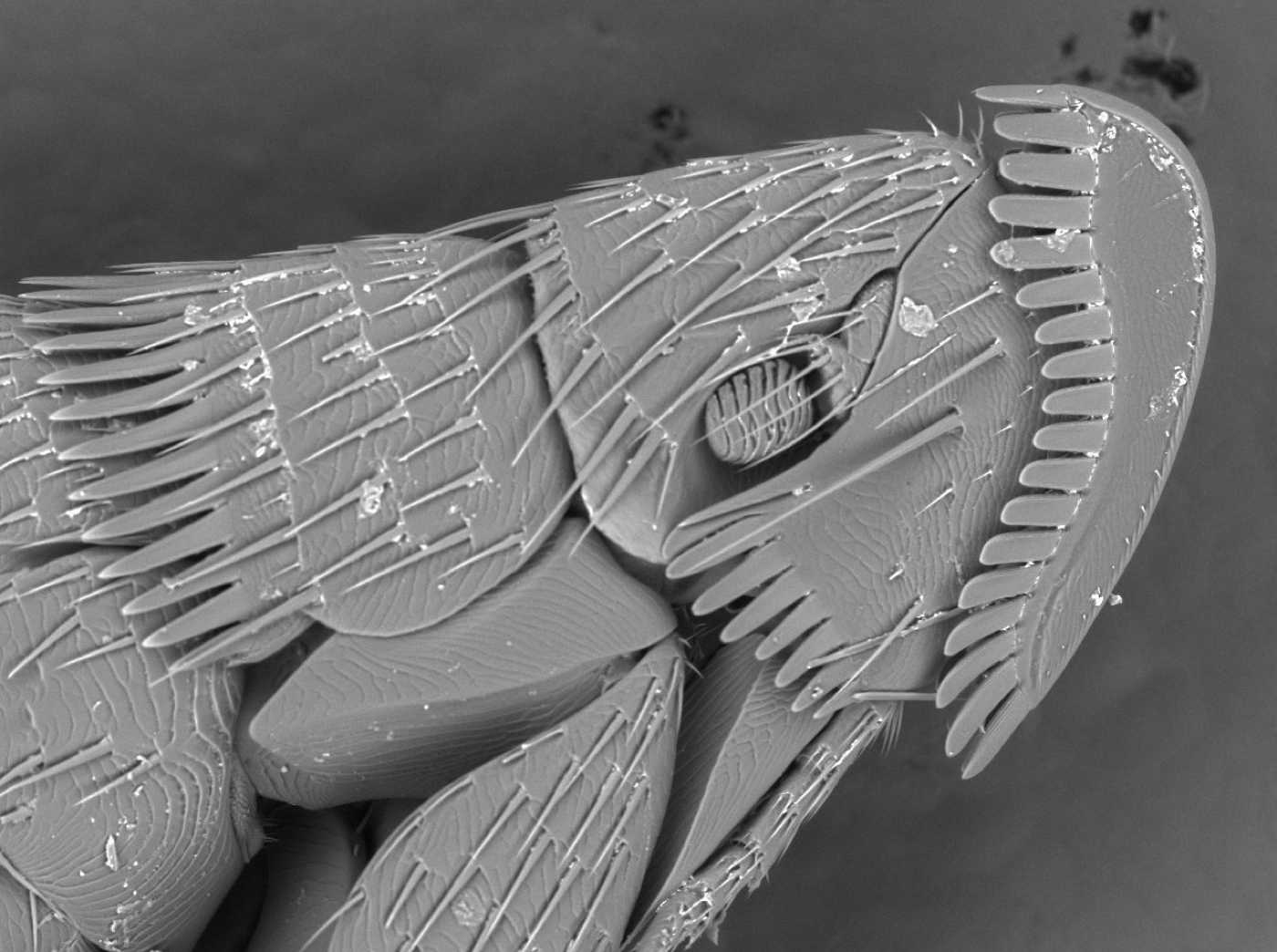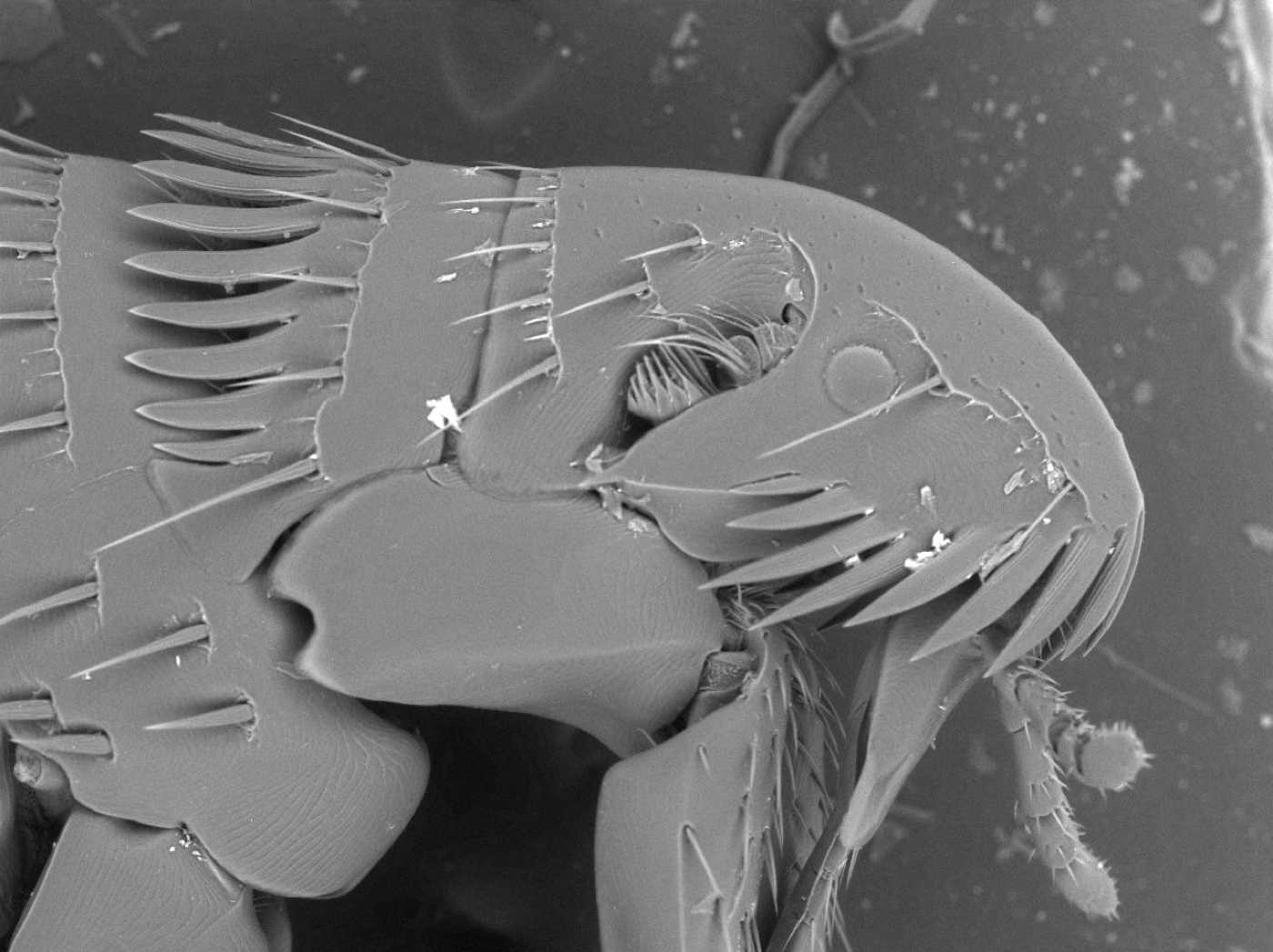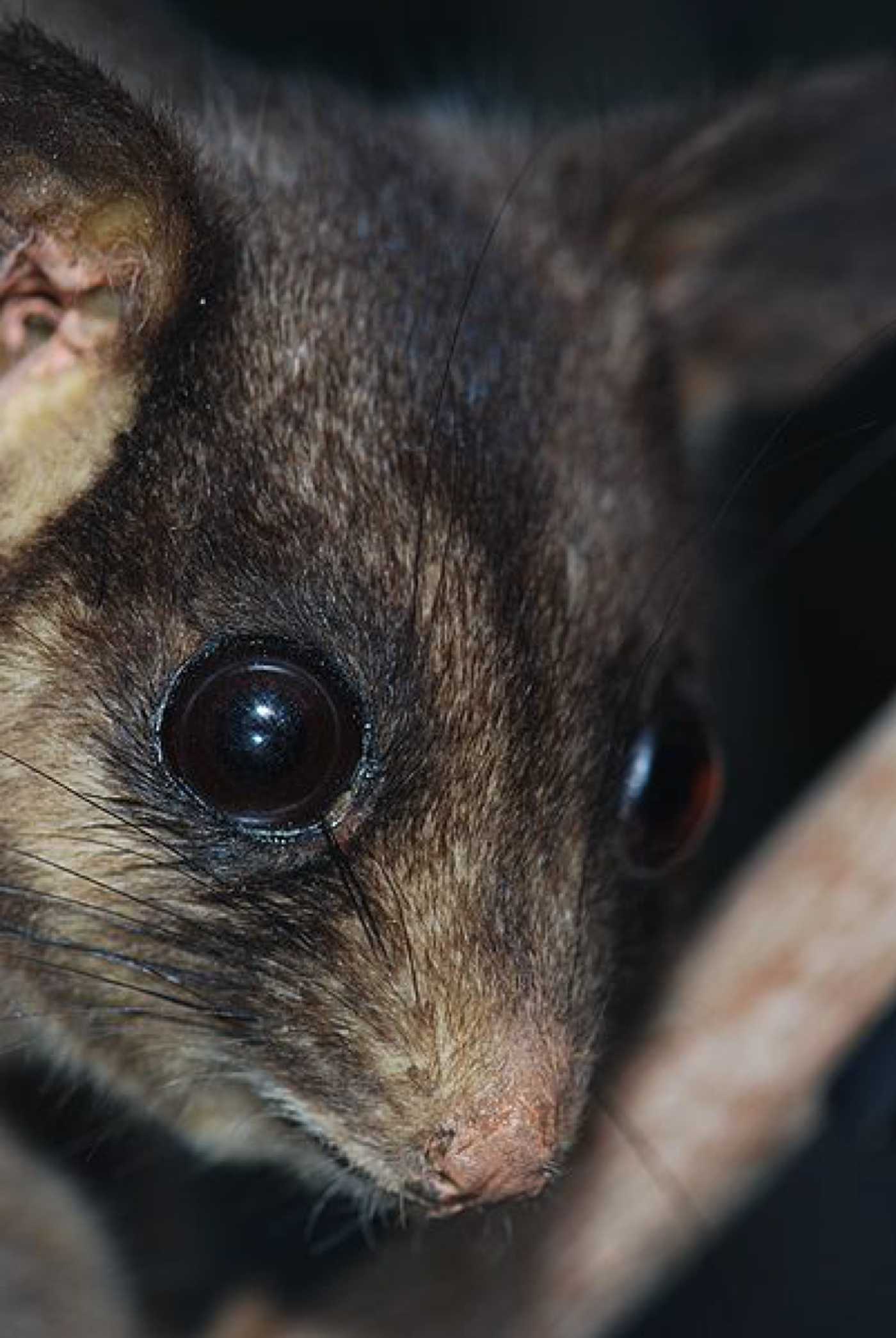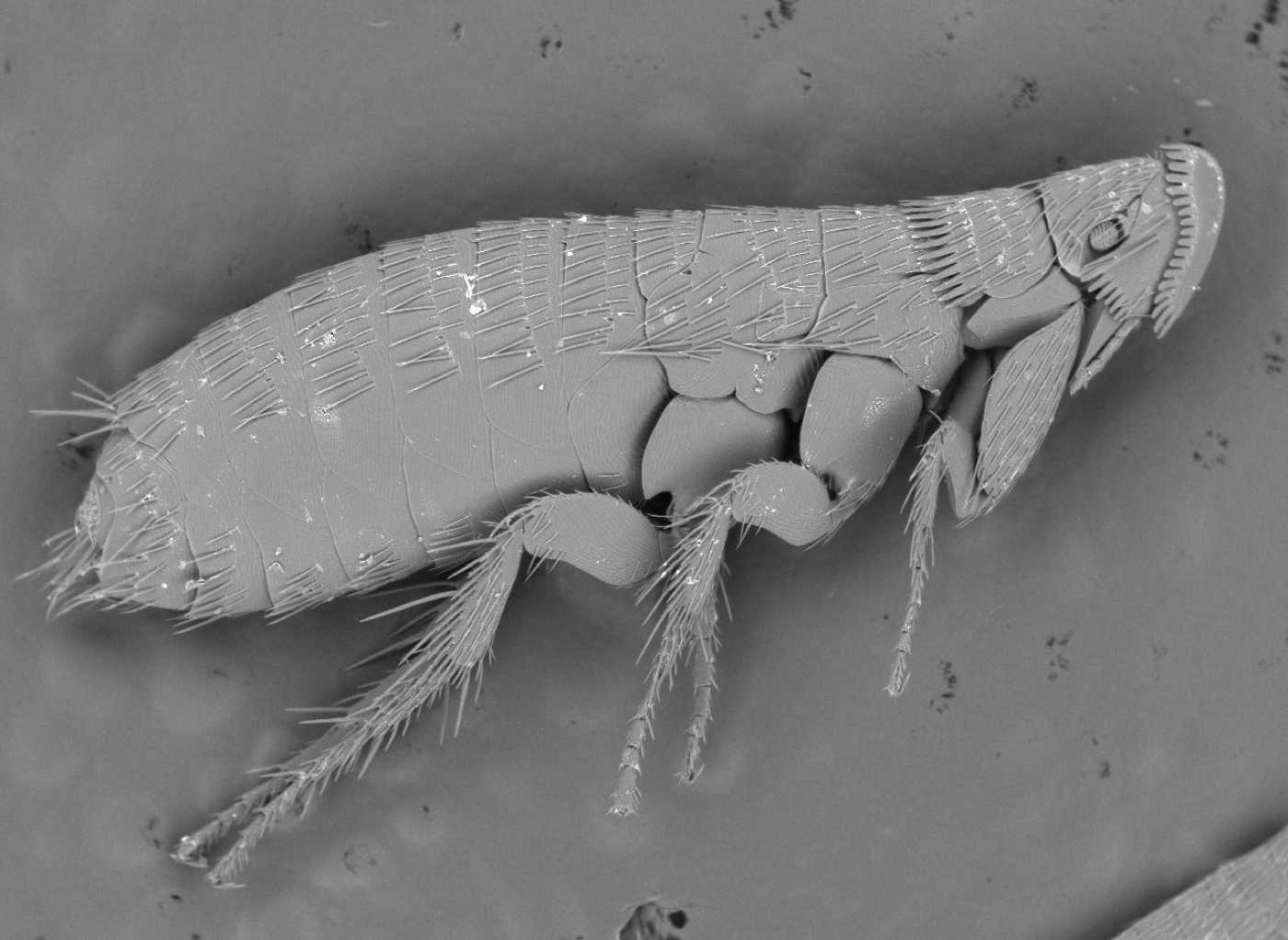When we think of the wide variety of insects which call Australia home, we rarely think of the fleas. Compared with the more outwardly striking insects like butterflies and beetles, fleas hardly get a second thought from the most dedicated of insect buffs, let alone the average nature enthusiast. Without a doubt though, fleas are some of the most fascinating, beautiful, and poorly appreciated insects native to Australia.
Fleas belong to the insect order Siphonaptera which comprises thousands of species worldwide. As adults, all are hematophagious, meaning they require blood meals to survive. They obtain this blood by living as external parasites on warm blooded animals such as birds and mammals. Although most people are only familiar with the more common fleas that occasionally live on our dogs and cats, Australia is actually home to over 70 species of flea. While most of these live with native mammals, a handful can also be found on native seabirds and introduced poultry. Over half a dozen species have also been introduced, with two of these having been deliberately brought to Australia in an attempt to control the invasive European rabbit.


The life of a flea begins like that of many other insects, as an egg. Mother fleas are hardly doting and once their eggs are laid the mother’s parental responsibilities are completed. Many people are surprised to learn that when a flea first hatches, it resembles a pale caterpillar and spends the first stage of its life living in the dust and detritus around the nest of a bird or mammal. During this time, it feeds on skin flakes, dried blood and even fragments of faeces from the occupant of the nest. Once they are large enough, they form a cocoon just like a caterpillar. Once encased within its protective cocoon, a flea larva will become inactive and its body will be digested by powerful enzymes, transforming it into a nutritious soup. From this soup, it will be rearticulated as an adult flea before hatching to find a host.
Like many parasites, fleas have spent millions of years adapting to a life of dependence on their chosen hosts. This is perhaps best illustrated by the many rows of spines that adorn their bodies and help them move through the fur or feathers of their hosts, while also acting as anchors when a host attempts to dislodge them. Some fleas have even gone so far as to synchronise their life cycle with that of their host. In the rabbit flea (Spilopsyllus cuniculi), females use hormones in the blood of their host to predict when they will give birth and match this by producing young fleas to coincide with this event. This allows fleas to disperse more readily to new host populations on these young rabbits.
While many of us worry about the plight of furred and feathered endangered species, that same worry rarely extends as far as the insects and even more rarely to the fleas. Yet, many of our native fleas are in decline along with their hosts. A prime example of this is the Leadbeater’s Possum Flea (Stephanocircus domrowi) which, as its name suggests, is specific to the critically endangered Leadbeater’s Possum and found only in the central Victorian highlands. Being highly host specific, should the possum go extinct, so too will its tiny flea.

Unfortunately, if the Leadbeater’s Possum Flea was to disappear, it would not be the first of our native fleas to become extinct. For millennia, the shady forests of Christmas Island played host to the Christmas Island Rat (Rattus macleari) and its flea (Xenopsylla nesiotes). During the late 1900s, the Black Rat (Rattus rattus) made its way onto the island and is believed to have carried a disease that wiped out the Christmas Island Rat and its tiny flea. Biologists never had a chance to properly study either before they vanished.
Fleas are overlooked, unloved and misunderstood. Perhaps it’s time we begin appreciating these small but intricately beautiful insects before we lose any more of them to extinction.
Banner image courtesy of Mackenzie Kwak.


Leave a Reply